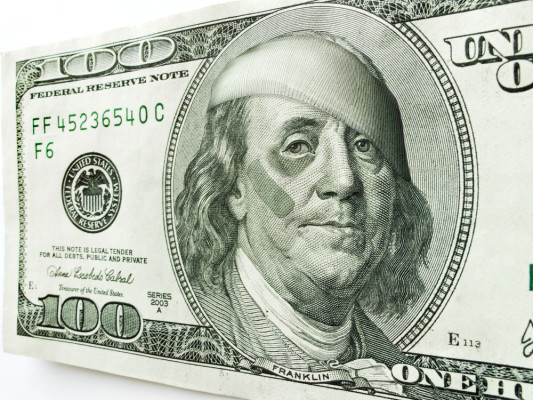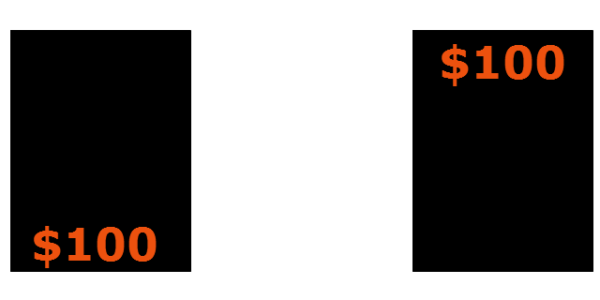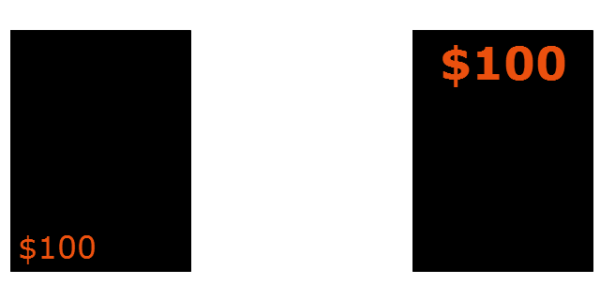Pulverizing Price Resistance To Improve Conversion Rates
Columnist Tim Ash discusses tips for making your pricing seem more appealing to prospective customers.
You have slaved over your product or service. You have executed creative marketing campaigns that drove results. You have researched and established a fair price. I guess your job as an online marketer is done!
Actually, you are missing a key part of the conversion picture: price presentation. As it turns out, price presentation can have a huge impact on your conversion rate.
Price Is Pain
Money is an artificial construct. Our distant ancestors lived without it. Survival depended on getting access to resources such as food, water, shelter, and mating opportunities. All of these were scarce — once you used them up, they were no longer available.
We have created the notion of money and embedded it deeply in our cultural matrix. But at the end of the day, money is just a convenient way for us to get access to the same kinds of resources as before.
Our brains don’t know any different, and they use the same evolutionary machinery to evaluate spending. Money is viewed as an expenditure of important and finite resources. Let me put that another way:
Spending money is experienced by the same parts of the brain as feelings of physical pain.
As marketers, we have to minimize this perceived loss of resources symbolized by money. Fortunately, we have many tools at our disposal to accomplish this. There are a number of ways to manipulate the offer via framing and context, but in this column, I will focus on the actual presentation of a single price that has already been determined.
Price Symbols
Since money is experienced as pain, we have come to strongly associate the actual currency symbols with the anticipation of the pricing experience.
Removing the currency symbols will lessen the pain associated with the number. This is why you often see high-end restaurant menus omitting the dollar signs. If you can’t absolutely get rid of the symbol, then at least make it as tiny as possible.
If it is clear that the number represents a price, drop the currency symbol.
Length Of Numerals
We all have a natural ability to judge sizes. But this often leads us astray in the case of money. The actual length and complexity of the numbers can make them seem more imposing. Which of the following looks like the larger amount?
Now, I don’t want you to give me the “logical” and considered response. I bet that your first-blush reaction was that the number on the left was higher. Of course it is the same amount, but its physical appearance and length makes it look more imposing, and therefore somehow larger.
Strip out extra characters to make the price seems lower.
Placement Height
A similar idea applies to where price is positioned. When we place the price within some kind of bounding shape, higher positioning makes us think of higher price. Placement at the bottom has the opposite effect.
Lower the position of the price to decrease its perceived cost.
Size & Position
The tactic above can also be amplified by making the size of the price itself smaller and tucking it into the corner — thus making it seem even less important (and therefore lower).
Tuck a smaller price into an insignificant position.
Leading Digit
You may be familiar with the idea that ending the price in .99 or .97, or .95 makes a big difference. People have even tested which of the three is most effective.
In fact, the conversion impact does not depend too much on these less significant digits. Its power actually lies in changing the leading digit. Our brains focus on the whole number before the decimal point and will discount the part after it because of its position. This phenomenon is known as the left-digit effect.
Changing the leading digit can have a powerful effect.
For maximum impact, this can be combined with a different representation of the fractional digits to make them seem smaller and less important as well.
Leading Whole Number
A special case of the changing the leading digit happens when you combine it with shortening the length of the price (as discussed above). By eliminating a whole digit, you make the number seem substantially smaller. So, if you have the flexibility to adjust your price below such an important boundary, definitely do it.
Changing the number of digits will make your price seem smaller.
Chopping Down & Rolling Up
If the price itself is high, you can divide it to make it smaller by focusing on different scales, and emphasize those numbers. For example, an annual subscription can be broken down into a cost-per-day, and a product into cost-per-use.
Divide the price into smaller units to make it more appealing.
On the flip side, if you want to contrast your product versus a higher-priced competitor, you can amplify it by aggregating the long-term or lifetime price difference.
Roll up the difference in lifetime costs when comparing to higher-priced alternatives.
As you can see, our irrational subconscious minds are always looking for shortcuts. So what you thought was an objective element of your offer can easily be manipulated to maximize value and the conversion rate. Please do try this at home and share any resulting experiences in the comments section below.
Opinions expressed in this article are those of the guest author and not necessarily MarTech. Staff authors are listed here.
Related stories









